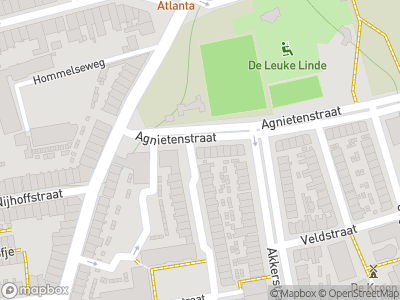The people of the Netherlands found themselves preparing for the worst during the Cold War, and one of their biggest fears, was loss of everyday communication channels in the event of a nuclear attack. In response to this concern and in complete secrecy, the authorities started working on new, secure telephone connections. This resulted in the construction of a special emergency communications network consisting of secure telephone exchanges like the one in the district of Klarendal, Arnhem.
Mini emergency communications network
Whilst the security of military communications was given priority during the Cold War, the Dutch authorities also went to great lengths to protect a large proportion of civil communication. The company responsible for telephony in the Netherlands at the time was the PTT, and as such, it developed a special mini emergency communications network. In wartime, people would be able to disconnect from the main telephone network and tune in to this new, secure network. The network was distributed over 23 district exchanges, which were positioned in such a way, that should one of them fail, the others could take over.
NBC warfare
In the event of nuclear, biological or chemical (NBC) warfare, only high-security bunkers could be completely shut off from the outside world. This is why the PTT designed the district exchanges as nuclear-chemical protection shelters that could house 25 people for up to 14 days. These shelters measured 25 x 25 metres and were built in underground bunkers made of reinforced concrete. The bunkers and the mini-emergency network were also protected against the infamous electromagnetic pulse (EMP), which is released during a nuclear explosion and damages electrical equipment.
The ‘Leuke Linde’ playground
At the heart of the Klarendal district in Arnhem, there is a children’s playground called the ‘Leuke Linde’ which houses a colourful, concrete building with an outdoor podium. This is the visible part of one of the bunkers belonging to the PTT’s mini emergency communications network. The bunker contains a canteen, a bar, beds, a field hospital and emergency generators. The PTT bunkers were among the most luxurious shelters in the country. If all other equipment failed, the staff could generate clean air by peddling on specially-designed exercise bikes. The emergency network and the telephone exchange in this district’s bunker are still in use today. The bunker is only open to the public very occasionally.















